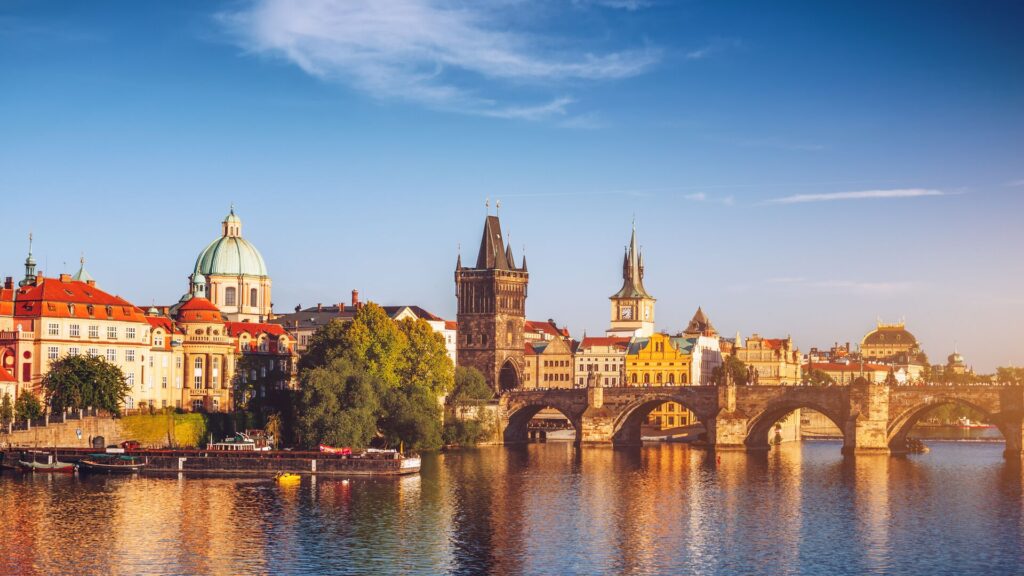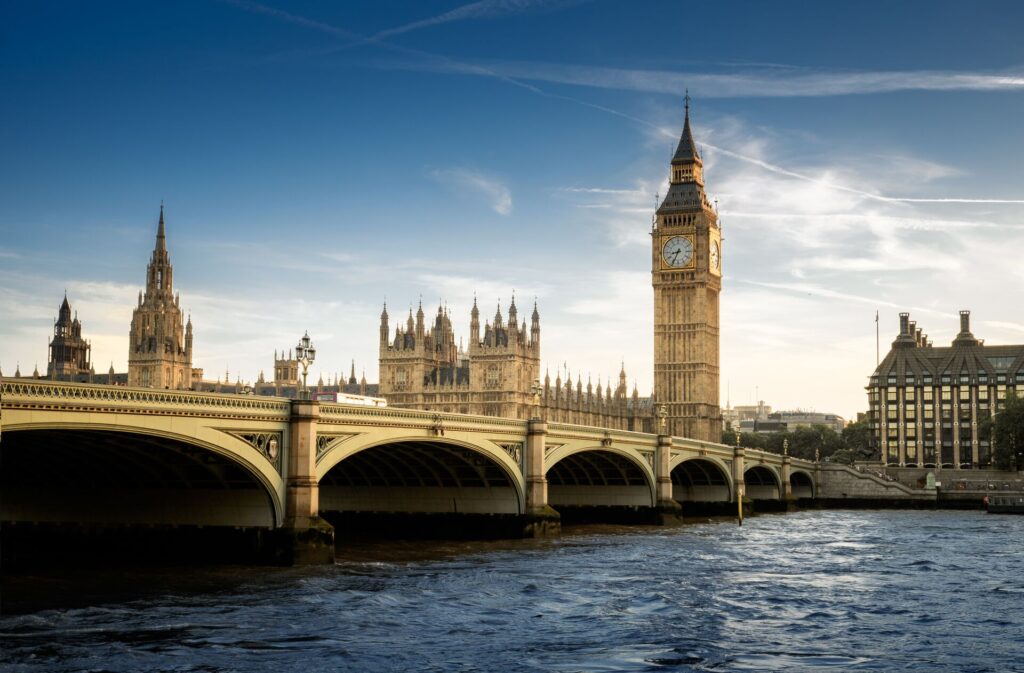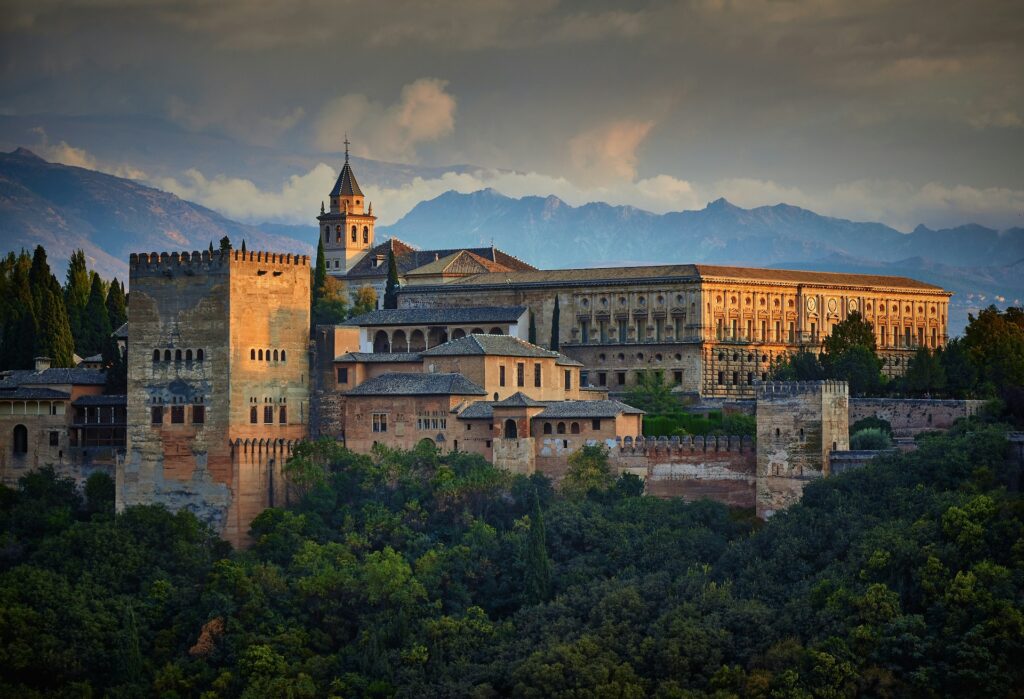Andalusia is home to Spain’s most famous royal palace, Alhambra, but it’s also the site of many other spectacular and majestic royal buildings. Many of these magnificent monuments are the work of the Moors, who arrived in this region from North Africa in the 8th century. These descendants of the Berber and Arab tribes ruled much of Al-Andalus until the 15th century, and the legacy of their 800-year domination is still evident today, most notably in Andalusia’s incredible architecture. Take a look at our guide to the region’s most spectacular Moorish buildings ahead of your next trip.
Generalife Granada
Declared a UNESCO World Heritage Site together with Alhambra in 1984, Generalife’s spectacular gardens are the reason visitors flock here. Built in the 14th century during the reign of Muhammad III, the palace was originally used as a royal summer retreat. Highlights include the large gardens, which are thought to be among the oldest Moorish gardens in the world, and the Patio de la Acequia, famous for its long rectangular pool, surrounded by flowerbeds and colonnades.
Palacio Dar Al-Horra Granada
Built as the official residence of the mother of the last Muslim King of Granada, the Palace of Dar Al-Horra lies at the heart of the Ziri citadel and, characteristic of Nasrid architecture, is built around a central courtyard. Inside, the rooms are decorated with friezes and eye-catching inscriptions carved into the walls. Don’t miss the excellent views of Granada from the north portico.
Alcazar of Seville
A masterclass in Mudejar architecture, the Alcazar of Seville is one of Spain’s most ravishingly beautiful Moorish palaces. Built as a fort in 913, the site of the palace has gone through multiple modifications in its long history, most notably the addition of the Palacio de Don Pedro by King Pedro during the 14th century. A popular film set for films and TV shows, including Game of Thrones, head for the Patio de las Doncellas, which features elaborate, decorated arches and mosaic tiling, as well as a stunning sunken garden with central water feature.
Palacio de Lebrija Seville
An eclectic and fascinating palace, Palacio de Lebrija was built in the 16th century and is known for its lovely courtyard garden, which combines Mudejar and Renaissance décor as well as beautiful azulejos tiles. Interestingly, its previous owner, the Countess of Lebrija, was a well-traveled archaeologist and revamped the palace in 1914. Consequently, the interior is filled with global artefacts picked up on her travels, including some wonderful Roman mosaics. Take a guided tour to get a peak of the top floor, which is home to the fantastic baroque and Arabic rooms.
Casa de Pilatos Seville
Smaller in scale but no less spectacular, Casa de Pilatos is a beguiling mix of Mudejar, Gothic and Renaissance architecture, and is still inhabited by the aristocratic Medinaceli family. The mishmash of décor is the result of owner Don Fadrique Enriquez de Rivera’s trips to Europe and the Holy Land in the 15th century. Inspired by Don Fadrique’s visit to Renaissance Italy, the courtyard is filled with marble statues, classical columns and balconies with Gothic balustrades.
Palacio de la Duenas Seville
Built during the 15th and 16th centuries, this ornate mansion was named after the monastery of Santa Maria de la Duenas. The Palace became the official residence of the Duke of Alba in the 17th century, and has remained in the family ever since; it’s best known as the home of the late Cayetana, 18th Duchess of Alba. Visitors to the palace are able to browse the ground floors, which include many of the Duchess’ personal belongings as well as family-owned artworks. Enjoy the peace of the palm tree filled inner courtyard, which is enclosed by a colonnade containing an assortment of antique tapestries and paintings.
Alcazar de los Reyes Cristianos Cordoba
Known as the Castle of the Christian Kings, this medieval palace is one of Cordoba’s most distinctive landmarks. With a strategic location on the banks of the Guadalquivir River, the castle started life as a residence for Moorish caliphs and governors from Rome, before becoming a base for Spanish kings when they visited the town. A scene of key historic events, it was here that King Ferdinand and Queen Isabella plotted their reconquest of Grenada. Today, it’s a UNESCO World Heritage Site that’s popular with visitors on account of its excellent Roman mosaics and sublime gardens, with fountains, orange trees, fishponds and vibrant flowers.
Discover Andalusia’s majestic Moorish palaces as part of the Insight Vacations Highlights of Spain journey.



